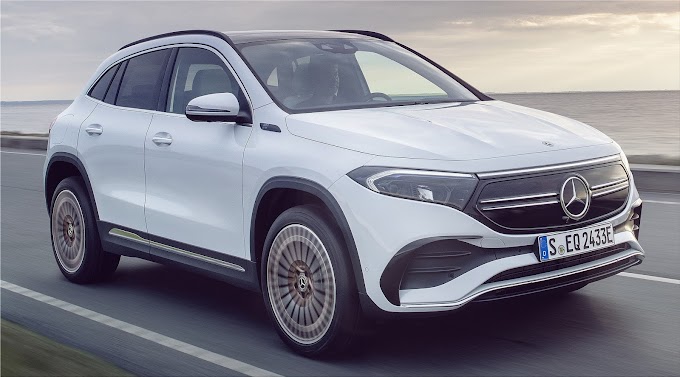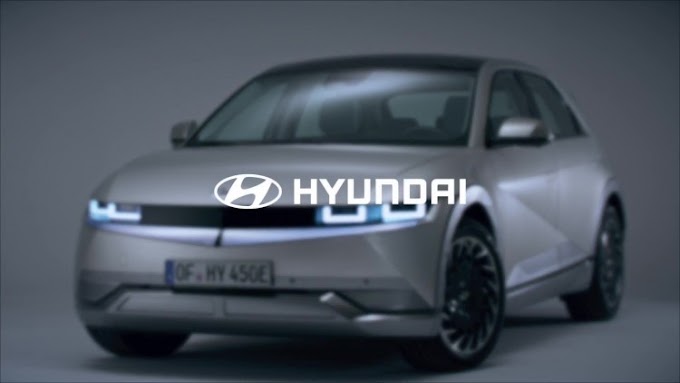The Dacia Duster is one of the most successful models in the history of the Romanian carmaker, a subsidiary of the French group Renault. Since its launch in 2010, the Duster has sold over 2.2 million units worldwide, becoming Europe’s best-selling SUV in 2023. Now, Dacia has unveiled the third generation of the Duster, which promises to be a game-changer in the affordable SUV segment. The new Duster features a fresh design, new technology, improved practicality, and more efficient engines, including a hybrid option. But it also retains the core values of Dacia: simplicity, robustness, and value for money.
A New Look Inspired by the Bigster Concept
The 2024 Dacia Duster has a more modern and dynamic appearance, inspired by the Bigster concept that Dacia revealed in 2022. The front end has a new grille and headlight arrangement, with parallel lines that flow into the LED daytime running lights. The bumper has air curtains and metallic skid plates, enhancing the off-road character of the SUV. The side profile has a coupe-like shape, with muscular wheel arches, hidden rear door handles, and a sloping roofline. The rear end has a large tailgate, C-shaped LED lights, and a prominent spoiler. The new Duster also has 7mm more ground clearance than the previous model, reaching 210mm.
The new Duster is slightly wider and lower than the outgoing model, but it keeps the same length of 4.34 meters. This helps to improve the aerodynamics and efficiency of the SUV, as well as its stance on the road. The new Duster also uses a new material called Starkle, which is made of 20% recycled plastic and has a speckled look. This material is used for the wheel arch cladding, the side sills, and the panel beneath the wing mirrors. It is also unpainted, which reduces the production and maintenance costs.
A New Platform with More Technology and Comfort
The new Dacia Duster is based on the CMF-B platform, which is shared with other models from Renault and Dacia, such as the Clio, the Captur, the Sandero, and the Jogger. This platform allows the new Duster to offer more technology and comfort features, such as:
- A new 8-inch touchscreen infotainment system with wireless Apple CarPlay and Android Auto.
- A digital instrument cluster with a 7-inch TFT screen.
- A wireless smartphone charger and four USB ports.
- A new multifunction steering wheel with paddle shifters.
- A new center console with a sliding armrest and a large storage compartment.
- A new automatic air conditioning system with rear vents.
- A new electric parking brake with auto-hold function.
- A new keyless entry and start system with a card-shaped key.
- A new blind spot warning system with rear cross traffic alert.
- A new 360-degree camera system with four cameras.
- A new hill descent control system with a speed limiter.
The new platform also improves the driving dynamics and comfort of the new Duster, as it reduces the vibration and noise from the road. The new Duster also has a new electric power steering system, which is more precise and responsive than the hydraulic one in the previous model. The new Duster also has a new suspension system, which is more refined and comfortable, while still offering good off-road capabilities.
A New Engine Line-Up with a Hybrid Option
The new Dacia Duster has a new engine line-up, which is more efficient and eco-friendly than the previous one. The new Duster will no longer offer diesel engines in Western Europe, as Dacia focuses on electrification and alternative fuels. The new Duster will offer the following engines:
- A 1.2-litre turbocharged petrol engine with 130 hp and 240 Nm of torque, paired with either a six-speed manual or a seven-speed dual-clutch automatic transmission. This engine has a mild hybrid system with a 12-volt belt-driven starter generator, which recovers energy during braking and coasting, and provides extra torque during acceleration. This engine has an ECO label, which means it can access low-emission zones in some cities. This engine has a fuel consumption of 5.6 L/100 km and CO2 emissions of 127 g/km with the manual gearbox, and 5.9 L/100 km and 134 g/km with the automatic gearbox.
- A 1.2-litre turbocharged petrol engine with 150 hp and 260 Nm of torque, paired with a seven-speed dual-clutch automatic transmission. This engine also has a mild hybrid system, and has an ECO label. This engine has a fuel consumption of 6.0 L/100 km and CO2 emissions of 136 g/km.
- A 1.6-litre petrol engine with 100 hp and 144 Nm of torque, paired with a five-speed manual transmission. This engine can run on liquefied petroleum gas (LPG), which is cheaper and cleaner than petrol. This engine has a fuel consumption of 6.7 L/100 km and CO2 emissions of 152 g/km with petrol, and 8.4 L/100 km and CO2 emissions of 121 g/km with LPG.
- A 1.6-litre petrol engine with 140 hp and 200 Nm of torque, paired with a six-speed manual transmission. This engine is a full hybrid system, which combines the petrol engine with two electric motors and a 1.2 kWh battery. This engine can run on electric power alone for up to 3 km, and has a regenerative braking system. This engine has a fuel consumption of 4.9 L/100 km and CO2 emissions of 111 g/km.
The new Dacia Duster will also offer two-wheel drive and four-wheel drive versions, depending on the engine and transmission choice. The four-wheel drive system has three modes: Auto, Lock, and Eco. The Auto mode automatically distributes the torque between the front and rear axles, depending on the road conditions. The Lock mode locks the torque distribution at 50:50, for better traction on slippery surfaces. The Eco mode reduces the torque sent to the rear axle, for better fuel efficiency.
A New Price Tag with a Competitive Value
The new Dacia Duster will go on sale in Europe in the spring of 2024, with prices starting from around $23,000 for the base model, and going up to around $34,000 for the top-of-the-range model. This means that the new Duster will be slightly more expensive than the previous model, which started from around $20,000. However, the new Duster will still offer a competitive value proposition, as it will offer more features, technology, and performance than many of its rivals in the affordable SUV segment. The new Duster will also benefit from Dacia’s reputation for reliability and low maintenance costs, as well as its loyal customer base.
The new Dacia Duster is a major step forward for Dacia, as it shows that the brand can evolve and innovate, while staying true to its core values. The new Duster is a more modern, comfortable, and efficient SUV, that still offers a robust, practical, and affordable option for customers who want a versatile and spacious vehicle. The new Duster is a clear example of how Dacia is redefining the affordable SUV market, and challenging the established players in the segment.











